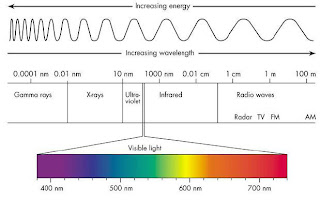REQUIRED MATERIALS:
- A glass tumbler or container
- A syringe or similar
- 10ml of acetone
- at least 500ml of household bleach (NaCLO)
PROCESS:
1. Start pouring bleach solution of required above mentioned volume on a glass container.
2. Then after pour 10ml of acetone of glass container using syringe or similar.
3. Place the mix in a dark cool place (not inside)
Now, let react for a couple of hours. Then, after chloroform is prepared.
WARNING:
If you are using industrial bleach then use only 200ml because it is three times more concentrated than household bleach. Chloroform usually contains an amount of very toxic phosygene, formed upon contact with (O2) oxygen and light. Chloroform has strong narcotic properties so, avoid breathing on fumes. Stay safe take care and enjoy every experiments of science.
Taking this experiment as a play may really cause a great loss or damage of life and property because sodium metal is really very explosive when it contacts with moist and water directly and can cause a fire. So, it is better to carry out this experiment outside the houses or schools. Recommended place for carrying out this experiment is at safe experimental laboratories or at open and vacant places . Always be careful while making Na Metal. Being safe and doing safe is best method to learn each and every experiments of Chemistry Science.
With best wishes!
Administrative of blog: Bikash Pokharel
- A glass tumbler or container
- A syringe or similar
- 10ml of acetone
- at least 500ml of household bleach (NaCLO)
PROCESS:
1. Start pouring bleach solution of required above mentioned volume on a glass container.
2. Then after pour 10ml of acetone of glass container using syringe or similar.
3. Place the mix in a dark cool place (not inside)
Now, let react for a couple of hours. Then, after chloroform is prepared.
WARNING:
If you are using industrial bleach then use only 200ml because it is three times more concentrated than household bleach. Chloroform usually contains an amount of very toxic phosygene, formed upon contact with (O2) oxygen and light. Chloroform has strong narcotic properties so, avoid breathing on fumes. Stay safe take care and enjoy every experiments of science.
Taking this experiment as a play may really cause a great loss or damage of life and property because sodium metal is really very explosive when it contacts with moist and water directly and can cause a fire. So, it is better to carry out this experiment outside the houses or schools. Recommended place for carrying out this experiment is at safe experimental laboratories or at open and vacant places . Always be careful while making Na Metal. Being safe and doing safe is best method to learn each and every experiments of Chemistry Science.
With best wishes!
Administrative of blog: Bikash Pokharel



